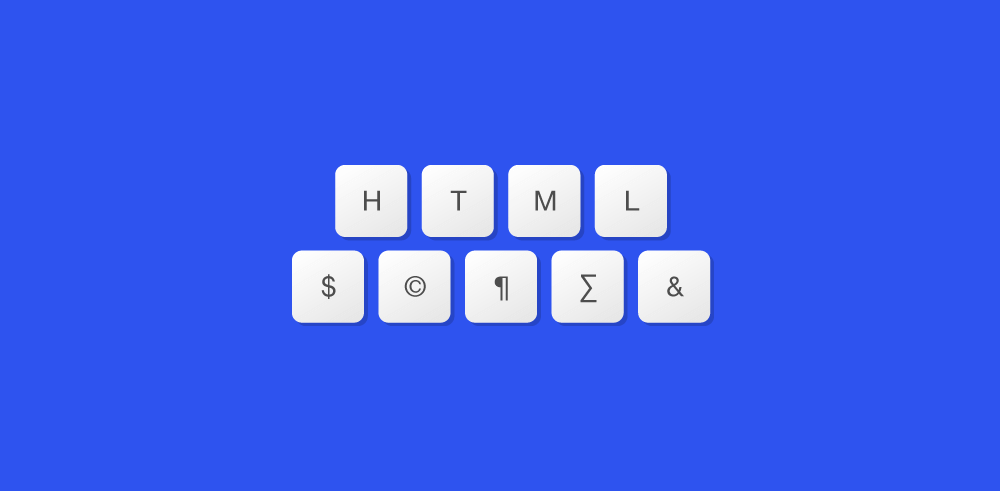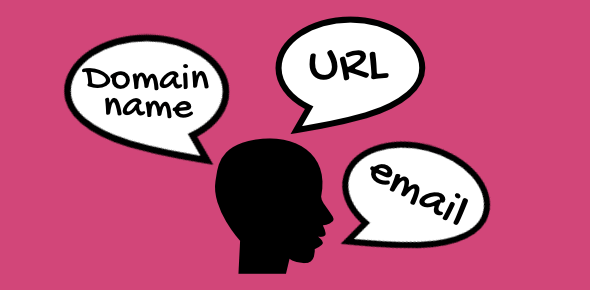This is a brief article on Internet fundamentals written especially for the beginner. You are encouraged to read other detailed articles on Internet fundamentals such as email and the world wide web which would provide a stepping stone for learning web development.
The Internet started as a small government project in the United States of America back in 1970s. The Advanced Research Projects Agency (ARPA) linked their computers to ease the transfer of data. This network came to be known as ARPANET and is the birthplace of the Internet.
Sponsored Links
The Internet is now a huge global network of computers. It is not just one network but consists of thousands of other networks worldwide. No one knows how many computers are connected to the Internet because each day several new machines are added and some old ones taken off. The Internet, you see, is always in a state of flux.
Numerous people and organizations around the globe own the different computers linked to the Internet. Hence, no one is actually in-charge of the Internet. Private companies (government agencies, in some countries) own the Internet backbone through which information flows and various organizations develop the technical aspects of this network.
Email – Internet Fundamentals
The rapid development of the Internet can be attributed to the immense popularity of email. Email has been the most used Internet application because it has revolutionized the way we communicate. Email messages can be received almost instantly and can include images, video and sound in addition to text. Furthermore, interactive emails can be created using HTML.
The World Wide Web – Fundamentals
The World Wide Web, also called WWW or simply the web, is a subset of the Internet. It brings text, images, animation, video, sound and other multimedia content, all under one roof. The Web is changing continuously by absorbing new technologies and updating the old ones. The pages on the Web, appropriately called web pages, can contain multimedia objects such as images, sound, and video in addition to text. Highly interactive web pages can be developed using HTML and a client-side language such as JavaScript or VBScript. This greatly enhances the web experience for the user. Web pages are viewed using browsers such as Internet Explorer (from Microsoft), Firefox (from Mozilla), Opera (from Opera Software) and Netscape Communicator (from Netscape). A list of web browsers can be found in the Web page Design section of this web site.
With video conferencing and wireless applications, the Internet is ready to take us to the new realm of communication and information exchange.






